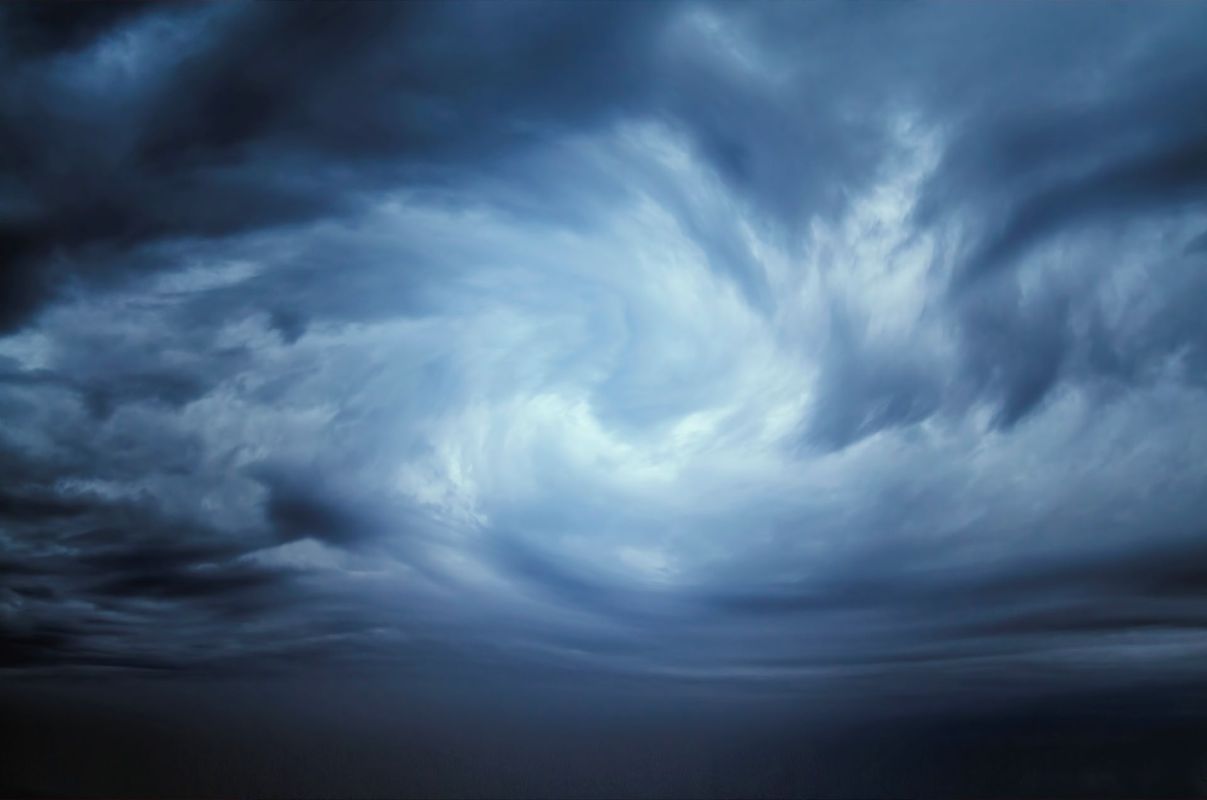You may have noticed lots of wilder-than-usual weather occurring in the past few months — and it's not just a coincidence.
The world's jet streams — basically, rivers of fast-moving winds that flow through the upper atmosphere that are responsible for our "normal" weather patterns — are on the fritz. So much so that Florida-based meteorologist Jeff Berardelli (@WeatherProf) called their patterns "insane," while climate scientist Michael E. Mann (@MichaelEMann) compared radar imagery of jet streams to a Van Gogh painting.
What is happening with the jet streams?
The main jet stream affecting the U.S. generally acts as a divide between the cooler, drier air to the north and the warmer, moist air to the south, as the Washington Post reports.
As this jet stream moves, so do the seasons. It typically moves south as winter approaches, ushering in colder temperatures. As summer approaches, the jet stream moves north, allowing warmer temperatures to reach well into Canada.
But this year, something strange happened. While it's not uncommon for there to be abnormalities in the jet stream, the jet stream has now split and remained that way for a while. This odd pattern is disrupting the movement of weather systems across North America as it displaces air masses from their typical positions.
I'm honestly at a loss to even characterize the current large-scale planetary wave pattern. Frankly, it looks like a Van Gogh https://t.co/NJmN54vC27 pic.twitter.com/xLtBLRZxFi
— Prof Michael E. Mann (@MichaelEMann) June 20, 2023
The northern branch of the jet stream has caused unusually high temperatures in Canada, robbing the landscape of moisture, leaving the land "ripe to burn," as the Washington Post noted. Much of the northern U.S. has recently been blanketed with smoke from Canadian wildfires.
Meanwhile, the southern branch of the jet stream has helped energize severe storms in areas of the southern U.S. These storms have produced tornadoes that have devastated towns, along with hail bigger than a softball.
Why are these extreme jet streams important?
While it's not uncommon for jet streams to get blocked occasionally, recent evidence suggests that as the planet warms, more meanderings and blockages could occur, slowing down jet streams and causing them to weave and break apart.
As it becomes more common for jet streams to change pattern, chaotic weather on the ground will also become more common.
Mann recently described the jet streams over North America as "slow and wobbly," which may be the result of our planet's overheating temperatures. Last year, a study found that warming temperatures in the Arctic were specifically weakening the jet streams.
Join our free newsletter for cool news and cool tips that make it easy to help yourself while helping the planet.









